Whenever an episode of Anthony Bourdain’s TV show focused on Southeast Asia, it always seemed to include a few references to Apocalypse Now and Heart of Darkness. That movie, that book, and those countries, together with a voiceover written by Bourdain himself, combined to unlock what would become his signature style — and what would become some of the most influential travel content of the 21st Century.
(I never knew him, but I’m pretty sure he’d hate me for describing his artistic output as “content.” Or maybe he’d be more sickened by the pretentiousness of “artistic output.”)
I’m writing about Bourdain here, in a story about the beach hotels of Southeast Asia, because the region was so important to him, and because he was so important to travel. His influence was massive, not because Vietnam made him think of war movies — he’s not the first person to relate his daily experiences through the pop culture he’d consumed — but because he showed that visitors to a place can and sometimes should feel insecure about being there. That tourists should question their role in why that place is the way it is, and whether or not they’re making the situation any better by being there. For a nationally televised travel show, that was radical.
He did it not as a journalist, but as a handsome, charming TV host — one with nothing to sell and no sunny, kumbaya conclusions to mandate. He examined himself as much as his destination, and he was prone to tangents, always peeking into the periphery. If the bulk of an episode needed to be spent exploring a vague feeling he couldn’t shake, or following the strands of a morally complicated narrative with no resolution, so be it. That’s what made his so unique among travel shows, and that’s why I’m sparing a few paragraphs for him here, off on a tangent of my own.
RELEVANT: In Memoriam: Anthony Bourdain
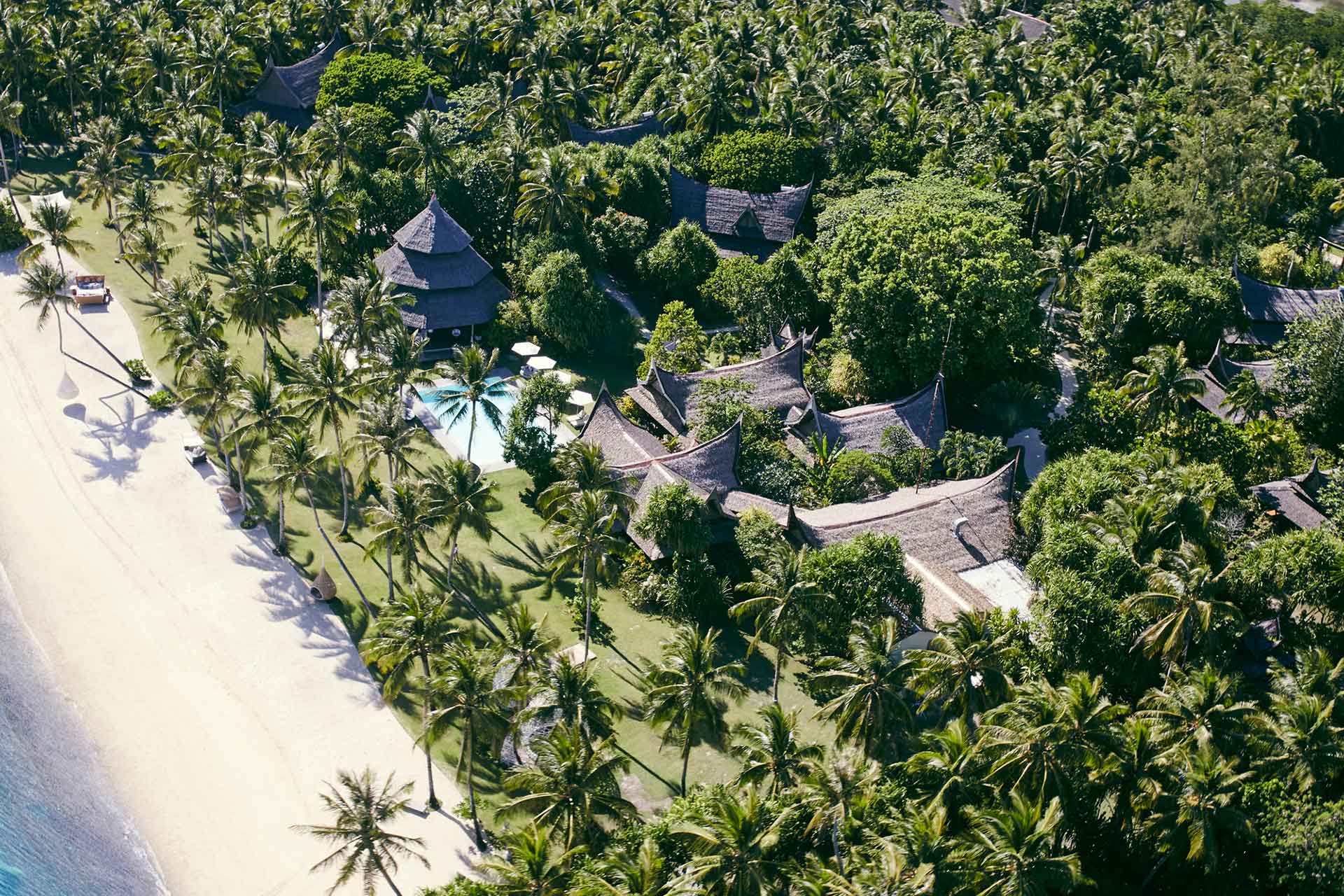
Aside from the times they were stuck at one during an international incident, it’s rare you saw the hotels in which Bourdain and crew were staying between forays. That would have diminished some of the necessary illusion (Kurtz wasn’t holed up at a Hilton). Nevertheless, hotels are a critical part of travel and surprisingly capable of reflecting the truth of their environment. The very best of them strive to embrace and improve their surroundings, incorporating the reality of the place so guests leave with a better understanding of where they’ve been and how they’ve affected it.
It’s a delicate dance for high-end hospitality, there’s no doubt, and maybe one that hasn’t always come naturally. But attitudes are changing fast. Some of the hotels below are models of sensitivity or sustainability, others are working toward those goals, all of them understand that a truly memorable experience shouldn’t shut out local culture and history. Most importantly, they know that more and more travelers are rejecting the hallmarks of mass-market tourism, and they’re eager to accommodate those evolving tastes. They wouldn’t be on Tablet otherwise.
Tides are turning. Sands are shifting. Engagement is replacing escapism. Maybe Anthony Bourdain can take a tiny bit of responsibility for that. Tangentially.
READ ALSO: Cooks’ Books: Food Memoirs By MICHELIN Restaurant Chefs
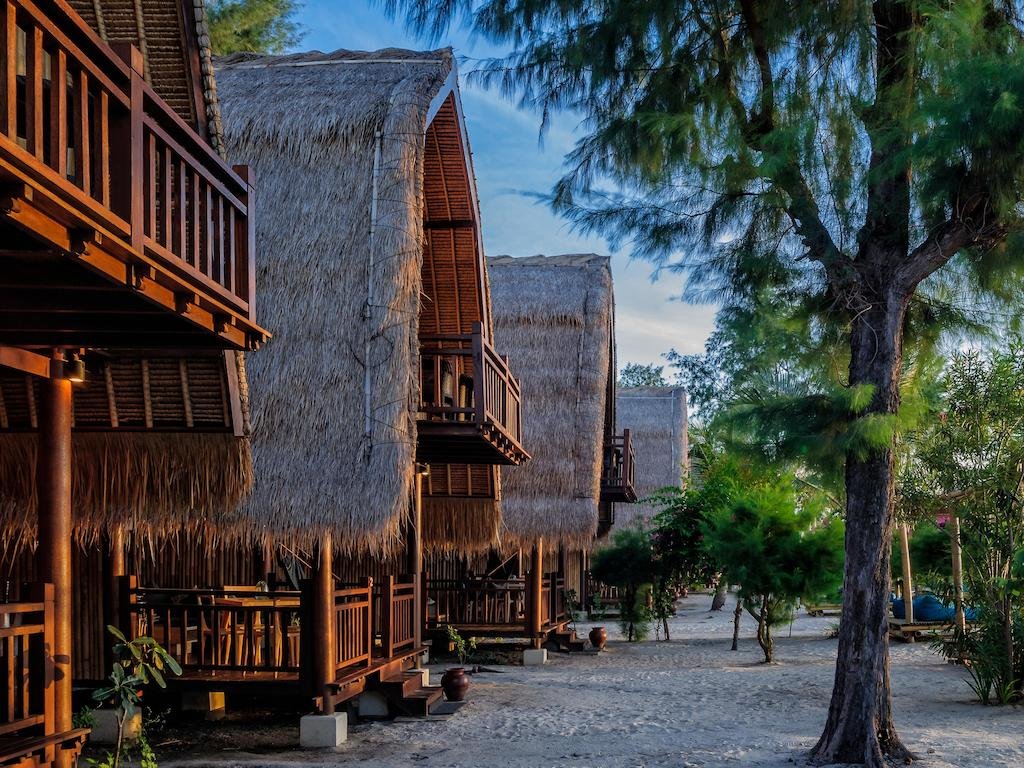
Karma Reef
Lombok, Indonesia
If you’re looking for desert-island tranquility in Indonesia, Gili Islands is your place. Karma Reef makes its home on Gili Meno, a short speedboat ride from Lombok’s coast, but that small span of water makes all the difference. Here you’ll find the kind of quiet that only comes from an island with no motorised transport, to say nothing of the nightclub scene that’s present in other Indonesian beach locales — at Karma Reef it’s just you, your tent or bungalow, and the sea.
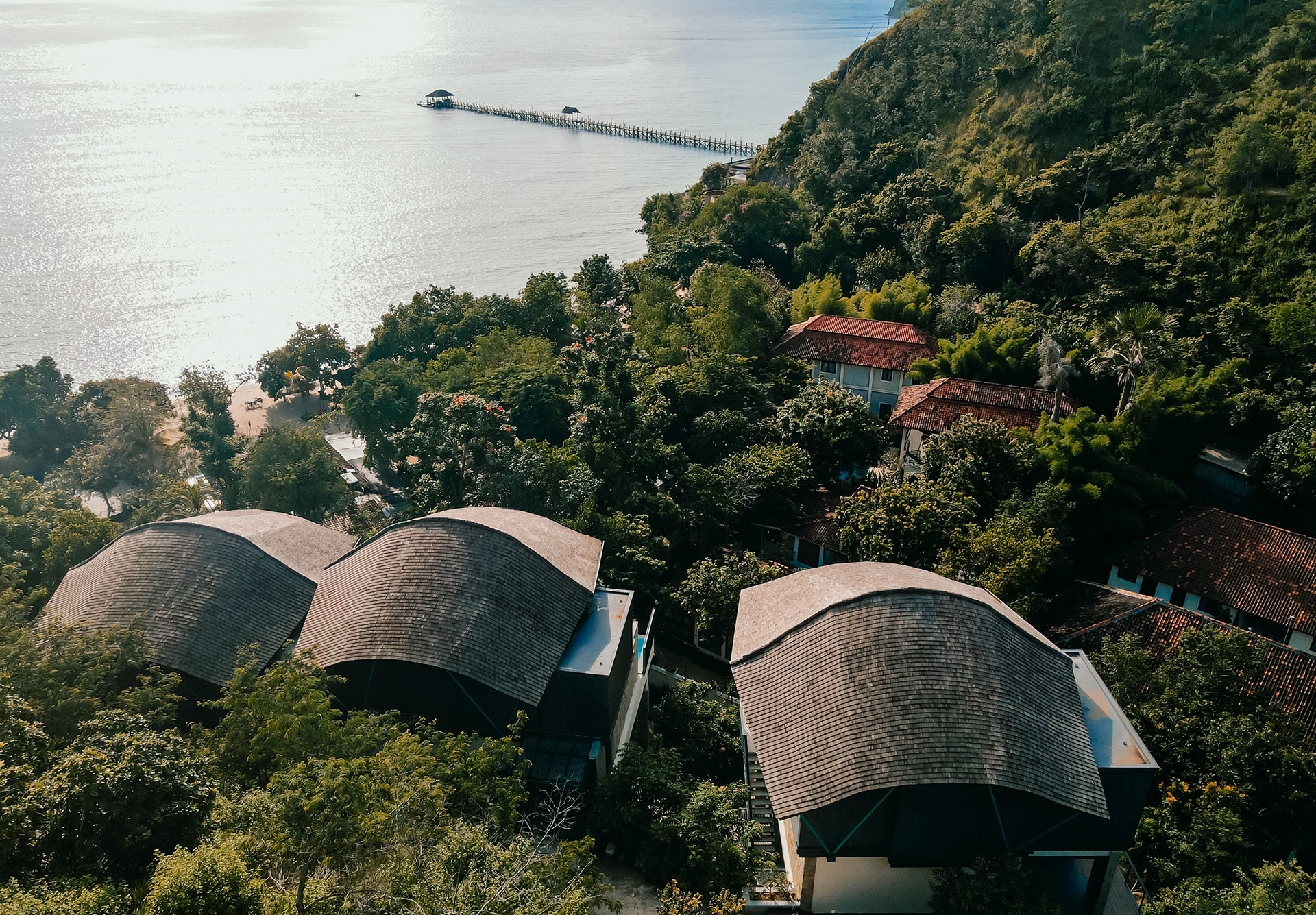
Plataran Komodo Resort & Spa
Labuan Bajo, Indonesia
To the east of Bali, in the Lesser Sundas, is the island of Flores, on whose western edge, just across the strait from the islands that comprise the rest of Komodo National Park — yes, that Komodo, of dragon fame — is Plataran Komodo Resort & Spa. Even aside from the park, it’s a phenomenal location for a resort. Waecicu Beach is perfectly picturesque, and its oceanfront villas look out over the islands that rise dramatically out of the waters of the Flores Sea.
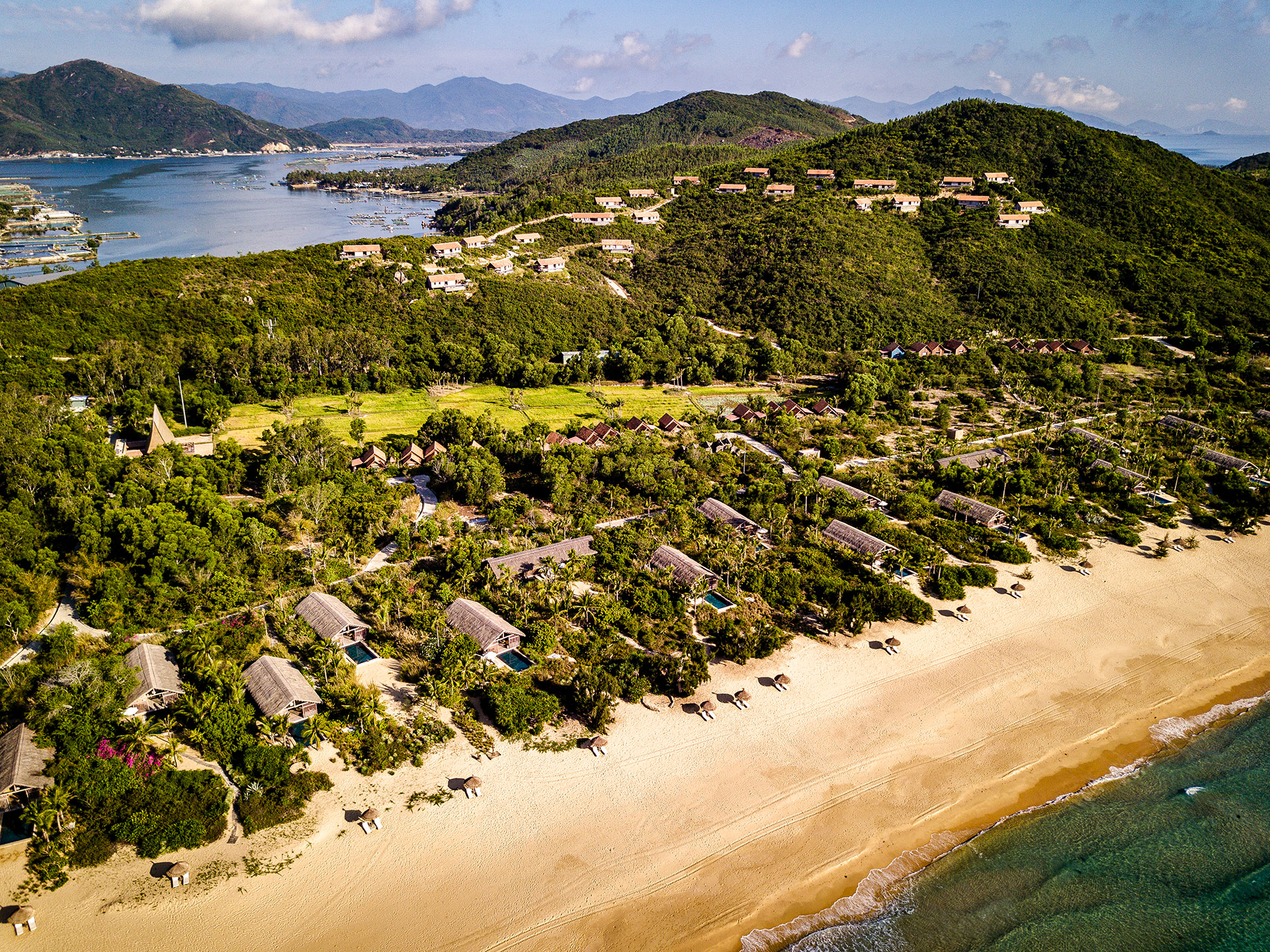
Zannier Hotels Bãi San Hô
Song Cau, Vietnam
We’ve written extensively about the lengths to which Arnaud Zannier goes to ensure that places like Omaanda and Phum Baitang are not just flawless small-scale luxury hotels but fully immersive experiences, and venues for creating the kinds of unforgettable memories that travel, at its best, is all about. Zannier Hotels Bãi San Hô is another extraordinary addition to the family, set on 240 acres alongside a powder-white beach on a secluded peninsula in Vietnam’s seaside province of Phu Yen.

Amanoi
Ninh Thuan Province, Vietnam
Amanoi, the first Aman hotel in Vietnam, is a milestone for both the Aman group and the country’s high-end tourism scene. And it’s a reminder that, among other things, they know how to pick a location: to say that the Nui Chua National Park, on the shores of Vinh Hy Bay, is paradise on earth would perhaps be an exaggeration, but only a slight one. Here, just down the coast from Nha Trang, Amanoi sits elevated on a hillside, with a commanding view of the beaches and the bay.
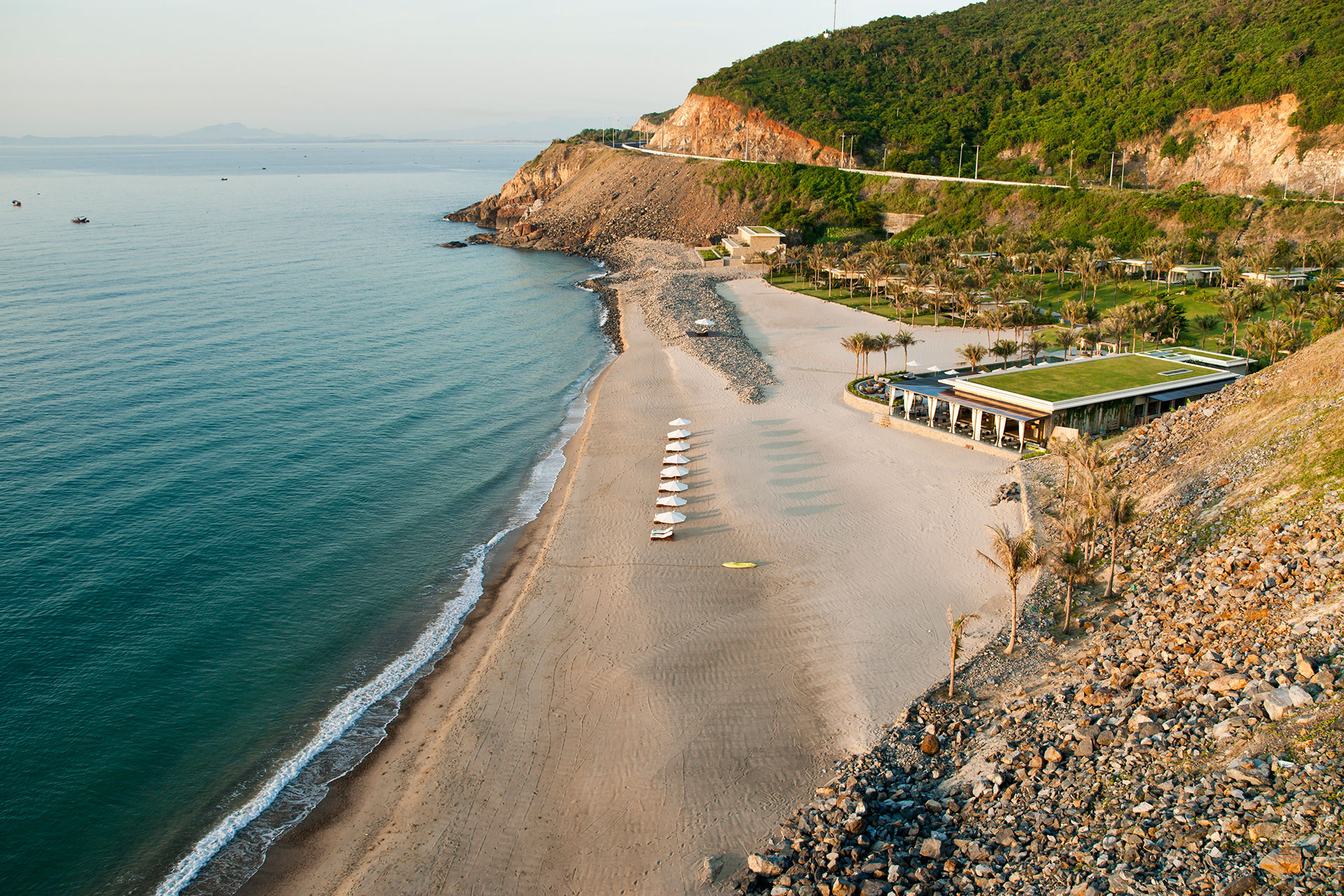
Mia Resort Nha Trang
Nha Trang, Vietnam
Mia Resort’s favourite colour is green, and it pops up in all sorts of ways. Eco-friendly grass-roofed buildings; lush gardens skirting the hotel’s palm-fringed private beach; a bar called Mojito’s whose specialty is — you guessed it — mojitos, made from the fresh green sugarcane for which the resort is named. We could go on, but the bigger point here is that this is a resort that feels very much in harmony with its natural surroundings (which are, for the record, not at all unverdant).
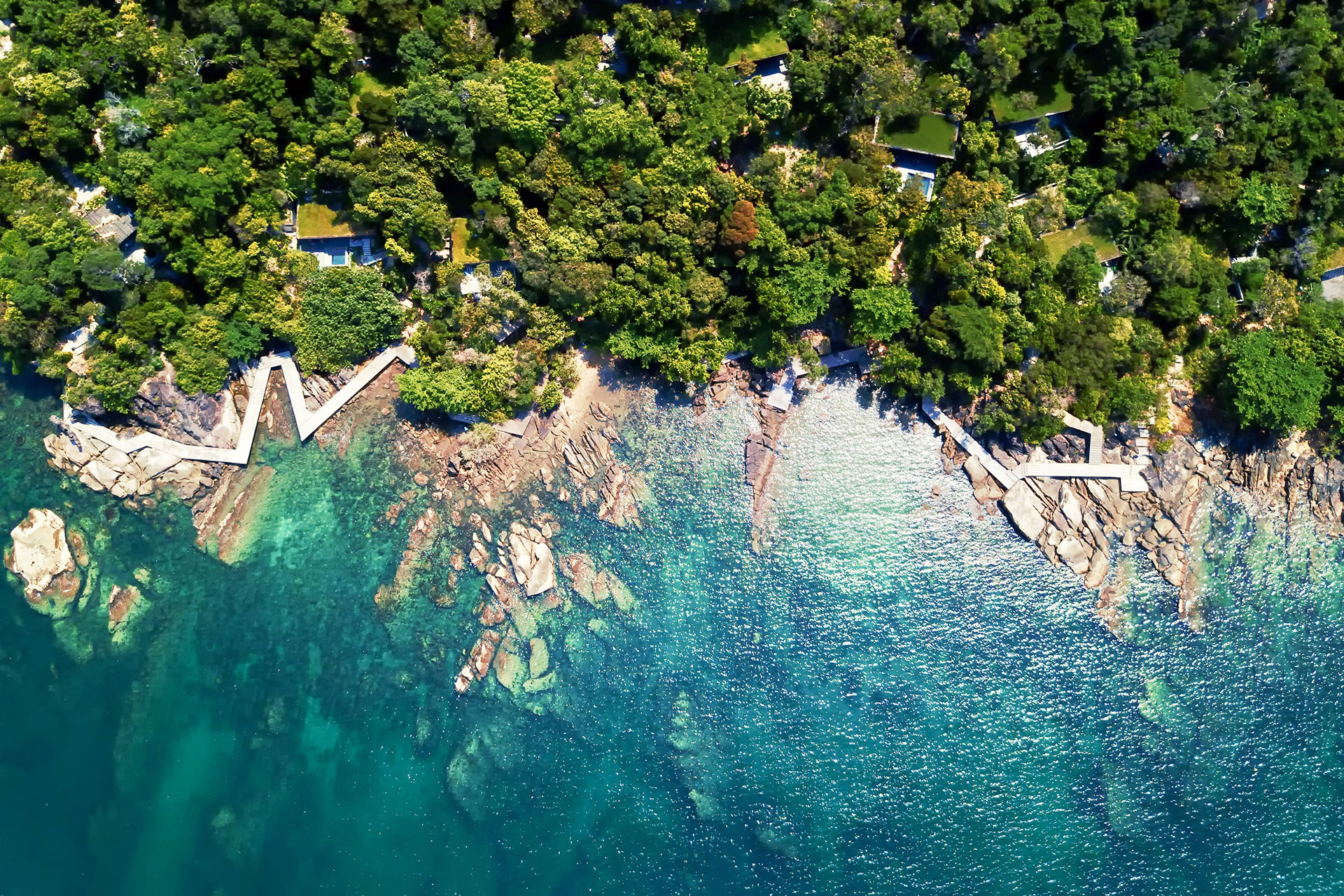
Six Senses Krabey Island
Sihanoukville, Cambodia
Six Senses Krabey Island, a private speck of a place, is a short boat ride from Cambodia’s mainland, in the spectacular Gulf of Thailand. And if you don’t yet know Six Senses, take it from us: you can trust them to do luxury villas right. Here there are 40 of them, but from within your own, you’d be forgiven for thinking you had the island all to yourself.
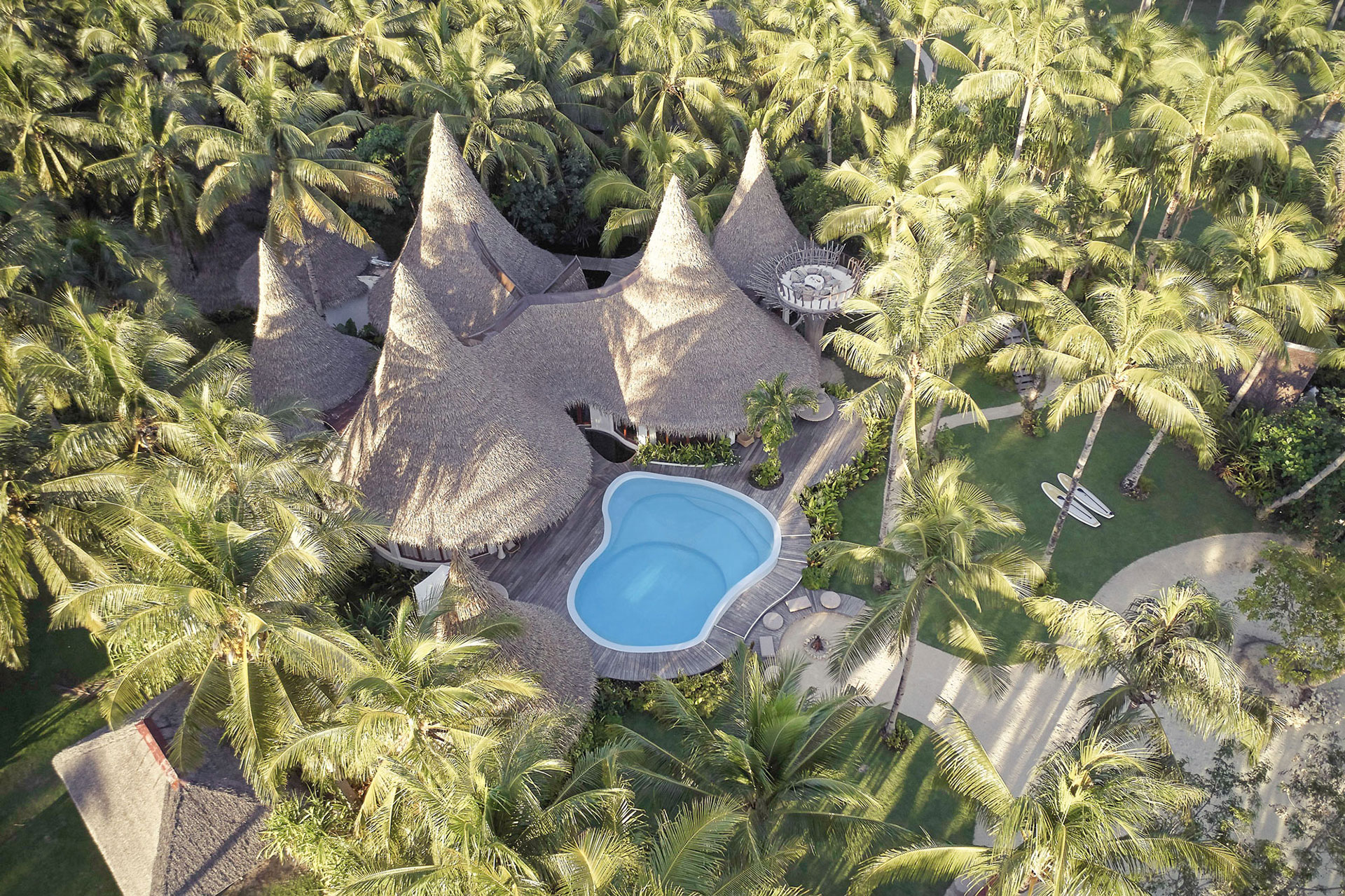
Nay Palad Hideaway Siargao
General Luna, Philippines
The island of Siargao is often referred to as the surfing capital of the Philippines — but it’s got more to recommend it than just some memorable breaks. Ringed by coral reef and clear waters, and covered with powdery white beaches and mangrove forest, the setting is as gorgeous as any you could wish for. Nay Palad Hideaway, on Siargao’s southern coast, is the sort of low-key, sustainably built resort where you can kick off your flip-flops and go barefoot.
READ ALSO: Travel-themed Hotel Staycation Ideas To Sate Your Wanderlust
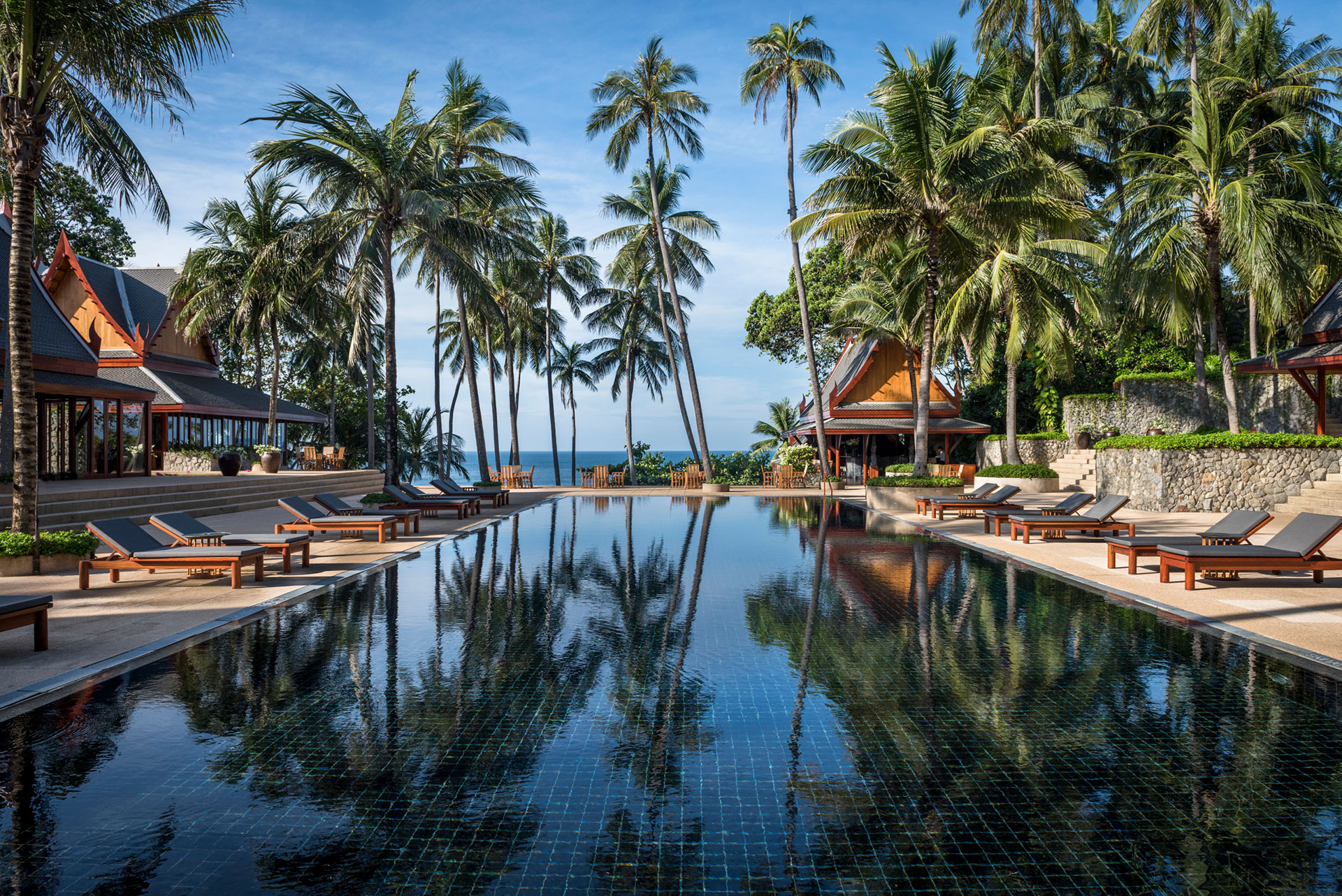
Amanpuri
Phuket, Thailand
This is where it all started: Amanpuri was the first Aman resort to open, and serves as the flagship for their winning blend of captivating design, classic luxury, stunning settings, and first-rate service. Here on the west coast of the island of Phuket lies an exclusive beachfront resort, occupying what was once a coconut plantation, isolated on a lush peninsula overlooking Pansea Beach. Built by the American architect Ed Tuttle, it’s a smart take on traditional Thai elements derived from the Ayutthaya period.
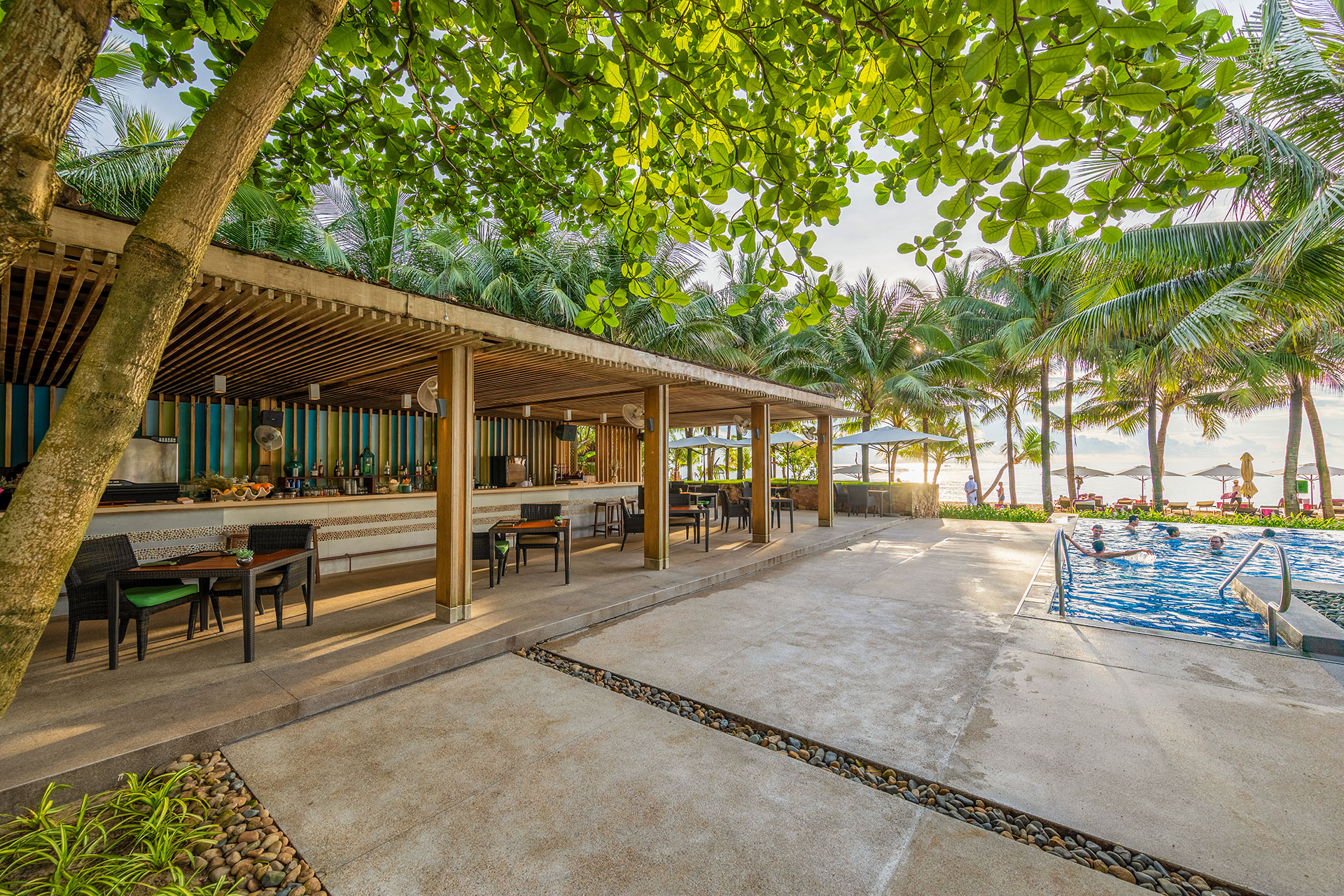
Salinda Resort Phu Quoc Island
Phu Quoc Island, Vietnam
Phu Quoc, the so-called Pearl Island of Asia, is home to everything we love about Vietnam, from the spectacular white-sand beaches to the picturesque jungles, as well as some extraordinary luxury resorts — including the very impressive Salinda Resort. Weighing in at a little over a hundred suites and villas, Salinda isn’t small, but it’s always sedate, thanks to its sheer spaciousness. And at every level the accommodations are generously sized and eye-catchingly stylish.
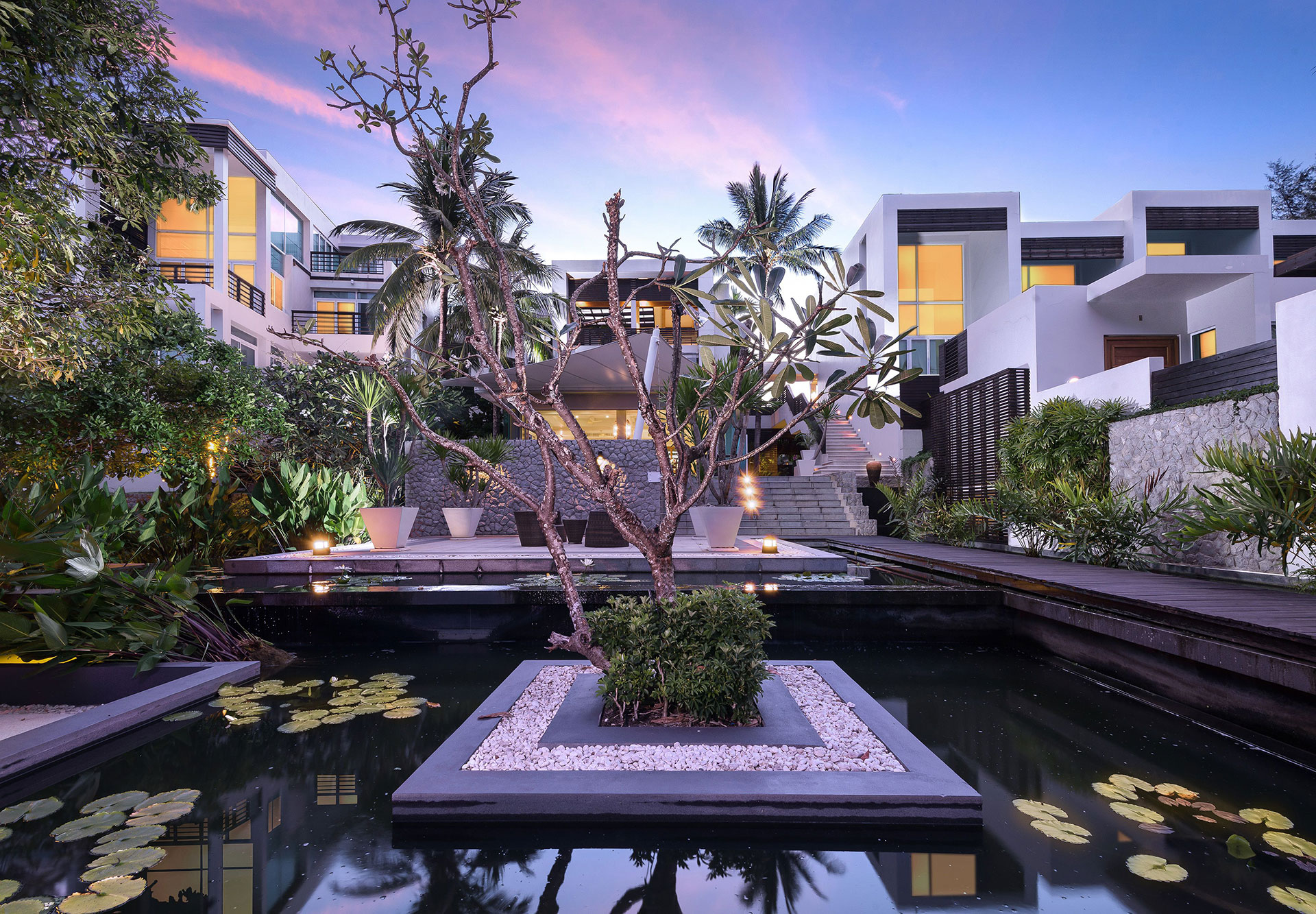
Aleenta Resort & Spa, Hua-Hin
Hua-Hin, Thailand
Twenty miles south of Hua Hin on a spectacular and secluded stretch of beach is where you’ll find Aleenta, a one-time family vacation villa that was apparently too good to keep private — it’s multiplied into a number of villas and suites. That old guest-house vibe is intact — your fellow poolside loungers are as likely well-heeled Thai travellers as they are foreign tourists. Rooms are suitably homey, breezy and urbane, rather more like private apartments than typical hotel suites.
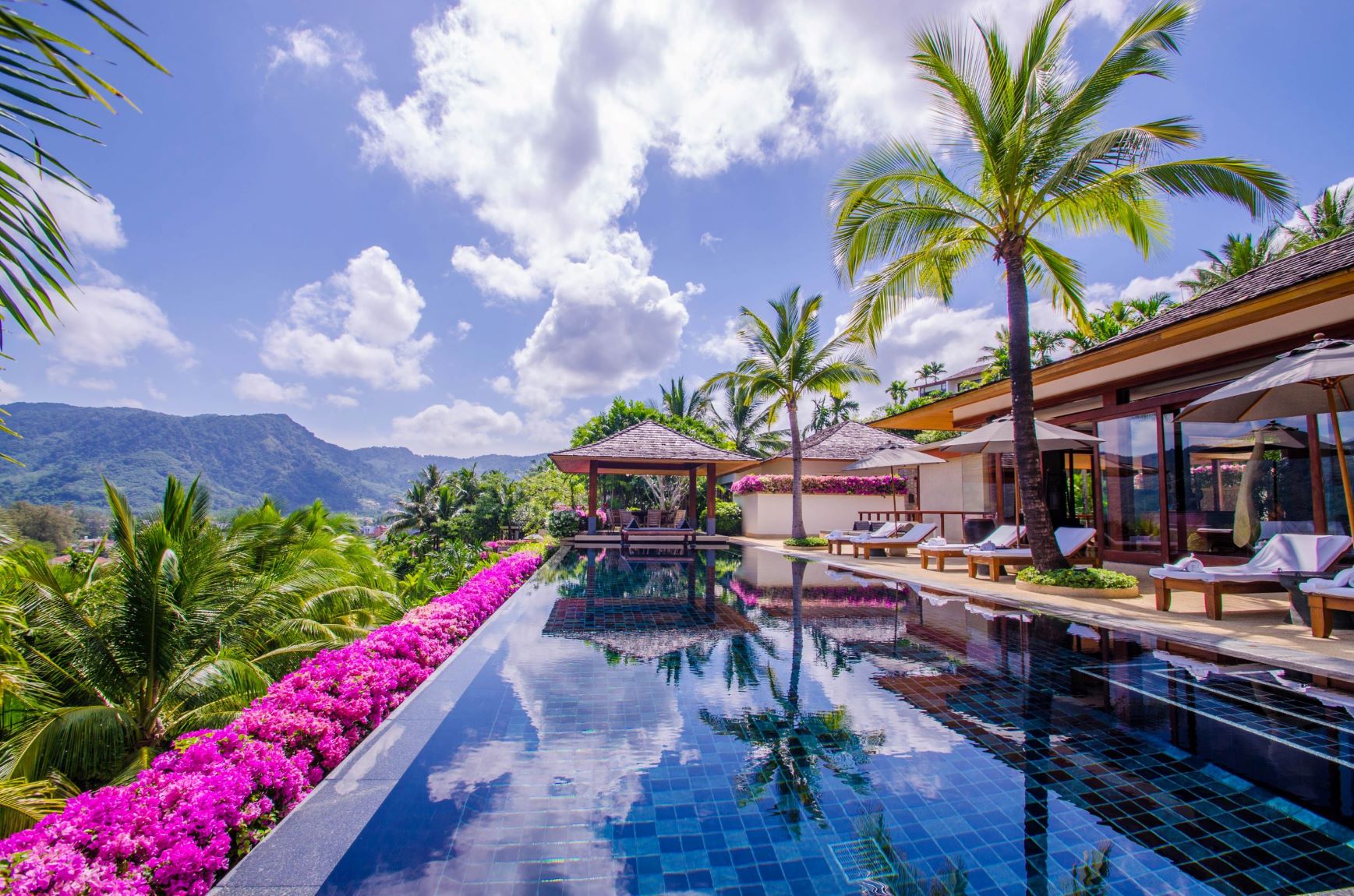
Andara Resort & Villas
Kathu, Thailand
In case you needed it, this is proof positive that Phuket, done right, is still absolutely extraordinary. Andara’s location, on a hillside up above Kamala Beach, on the island’s west coast, immediately places it in a different class — not for nothing is this stretch called the Millionaires’ Mile. Even by those standards, though, it’s something special, a collection of stylish modern-Thai villas and lodges, spread across a lush estate with seemingly unlimited views over the bay below.

Miniloc Island Resort
El Nido, PhilippinesMiniloc Island Resort sits on one of the smaller of the Philippines’ many islands, a piece of rocky and richly forested land emerging from a quiet bay. The scale is small; just fifty guest rooms, some housed in stilted cottages directly over the water, others in thatched-roof bungalows built into the cliffside. All are furnished in traditional Filipino style, with floors and walls made of native wood and bamboo. Sliding glass doors open to private patios, many facing a white sandy beach with calm, clear water.
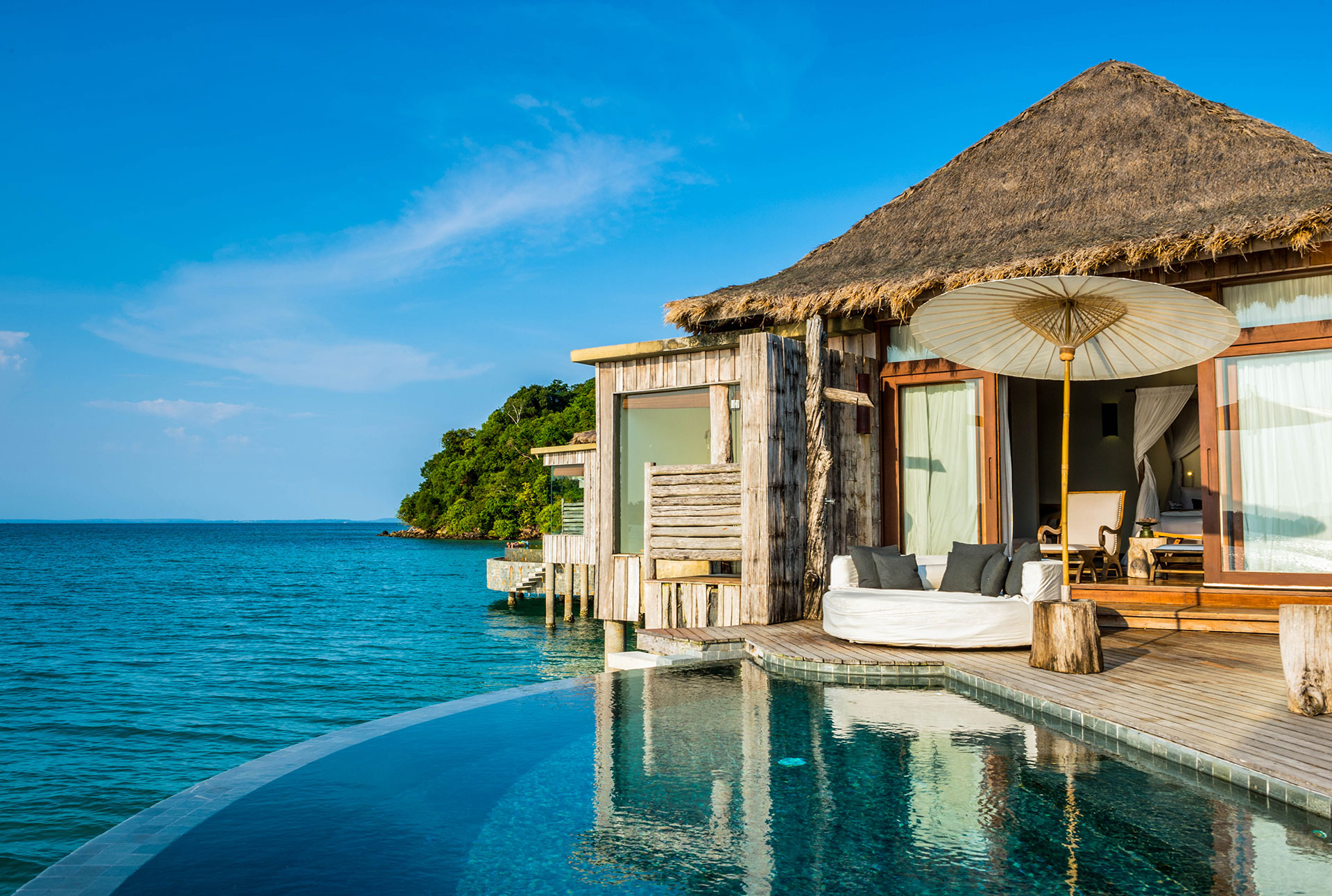
Song Saa Private Island
Sihanoukville, CambodiaIt’s Cambodia, but it’s not the Cambodia you’re expecting. Song Saa Private Island is more the sort of thing the Maldives or Seychelles are known for, or perhaps a post-development luxury-villa version of the Thai island paradise from Alex Garland’s The Beach. This wild speck of a place in the Gulf of Thailand is as close to a state of nature as you’re going to find anywhere, and Song Saa’s twenty-seven villas make the most of their secluded setting — if you’re going to live as a castaway, this is how you do it in style.
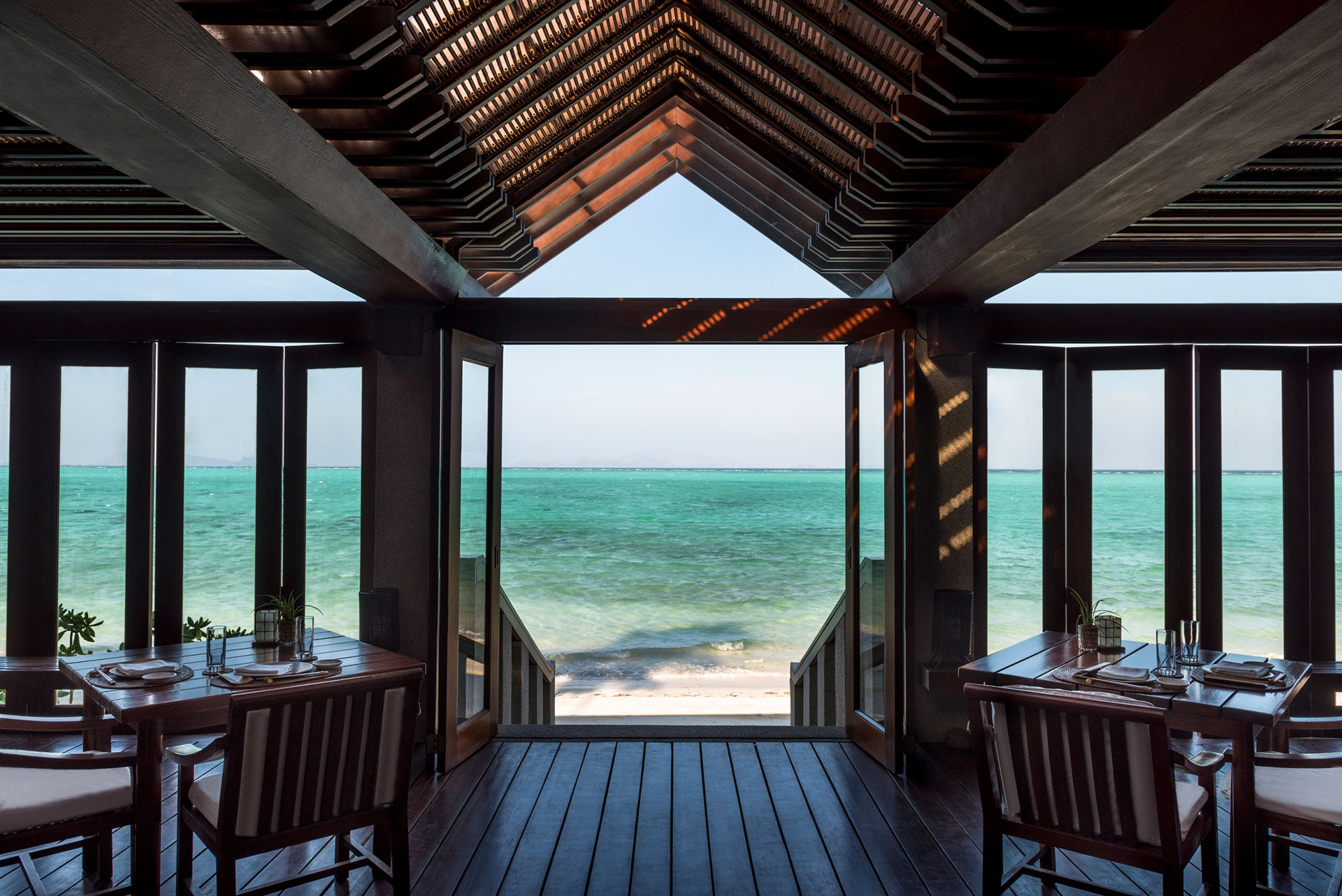
Amanpulo
Pamalican Island, PhilippinesAmanpulo makes its home on the private island of Pamalican, one of thousands of islands in the oft-overlooked Philippines. As is the Aman custom, this resort strives to blend in with its natural and cultural surroundings as much as possible. Here the 42 casitas and 18 villas are built in the style of the native Philippine bathay kubo dwellings, with thatched roofs and pebble-washed walls alongside luxe touches like king beds with rattan headboards and ornate indigenous-style furnishings.
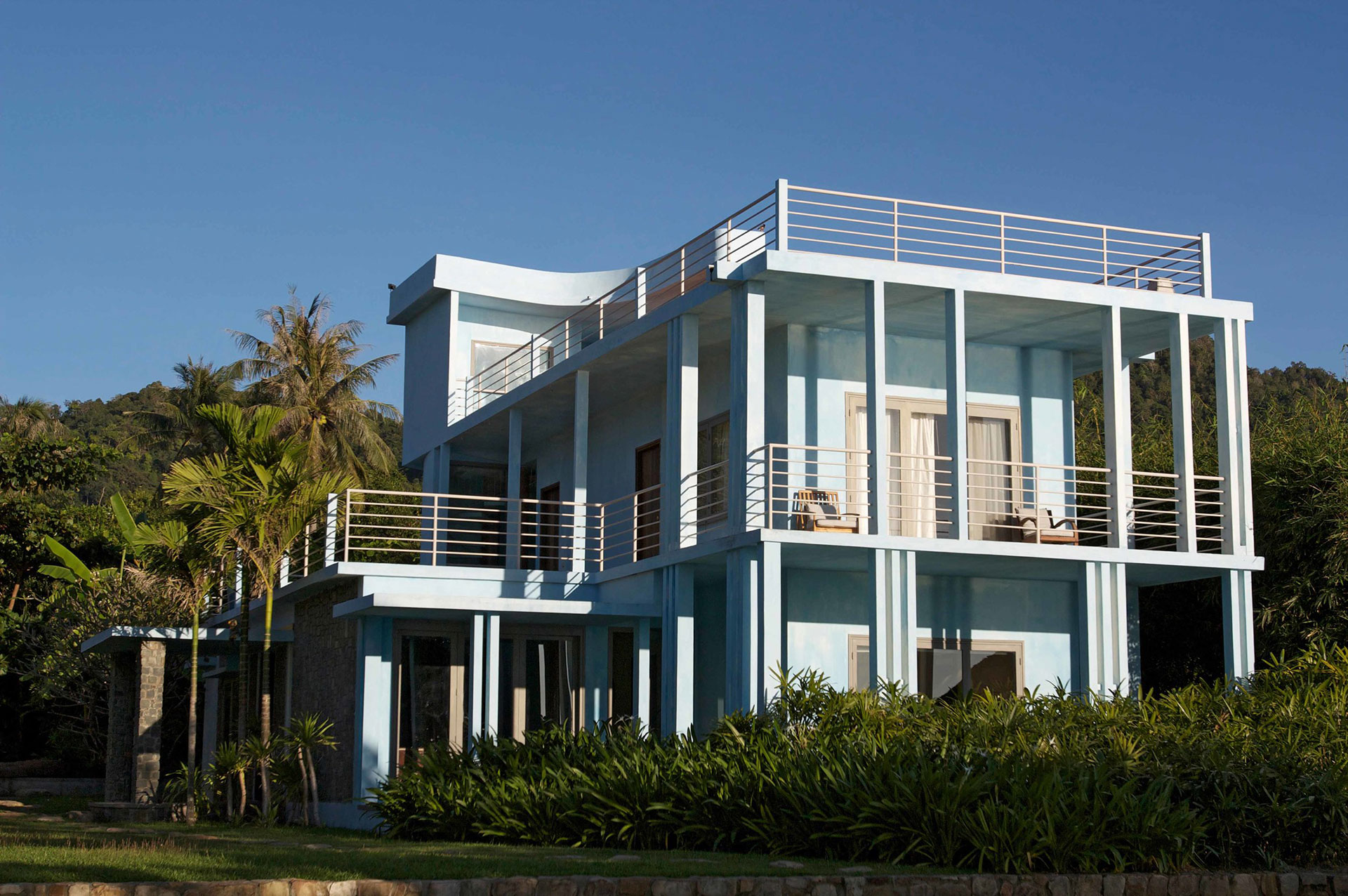
Knai Bang Chatt
Kep, CambodiaLocated in the seaside town of Kep, once known as the St. Tropez of Southeast Asia, Knai Bang Chatt is a throwback to the glory days. The hotel is centred around three renovated colonial villas designed by New Khmer architectural trailblazer Vann Molyvann, a student of Le Corbusier. Fully restored, each of the 18 photogenic rooms features a polished teak bed, ceramic lamps and vases, a spacious bathroom, and a private terrace, most overlooking the Gulf of Thailand.

Bon Ton Antique Wooden Villas
Langkawi, Malaysia
Malaysia’s Langkawi archipelago is a tropical paradise honored by UNESCO for its natural beauty. On one of the islands, a short stroll from Cenang Beach, on the grounds of an old coconut farm, the Bon Ton Antique Wooden Villas are a charming forest hideaway. This unique luxury hotel consists of eight traditional stilted cottages set around a central swimming pool and gardens. Though each thatched-roof villa is nearly a century old and retains its original wood paneling, they’ve all been smartly restored.
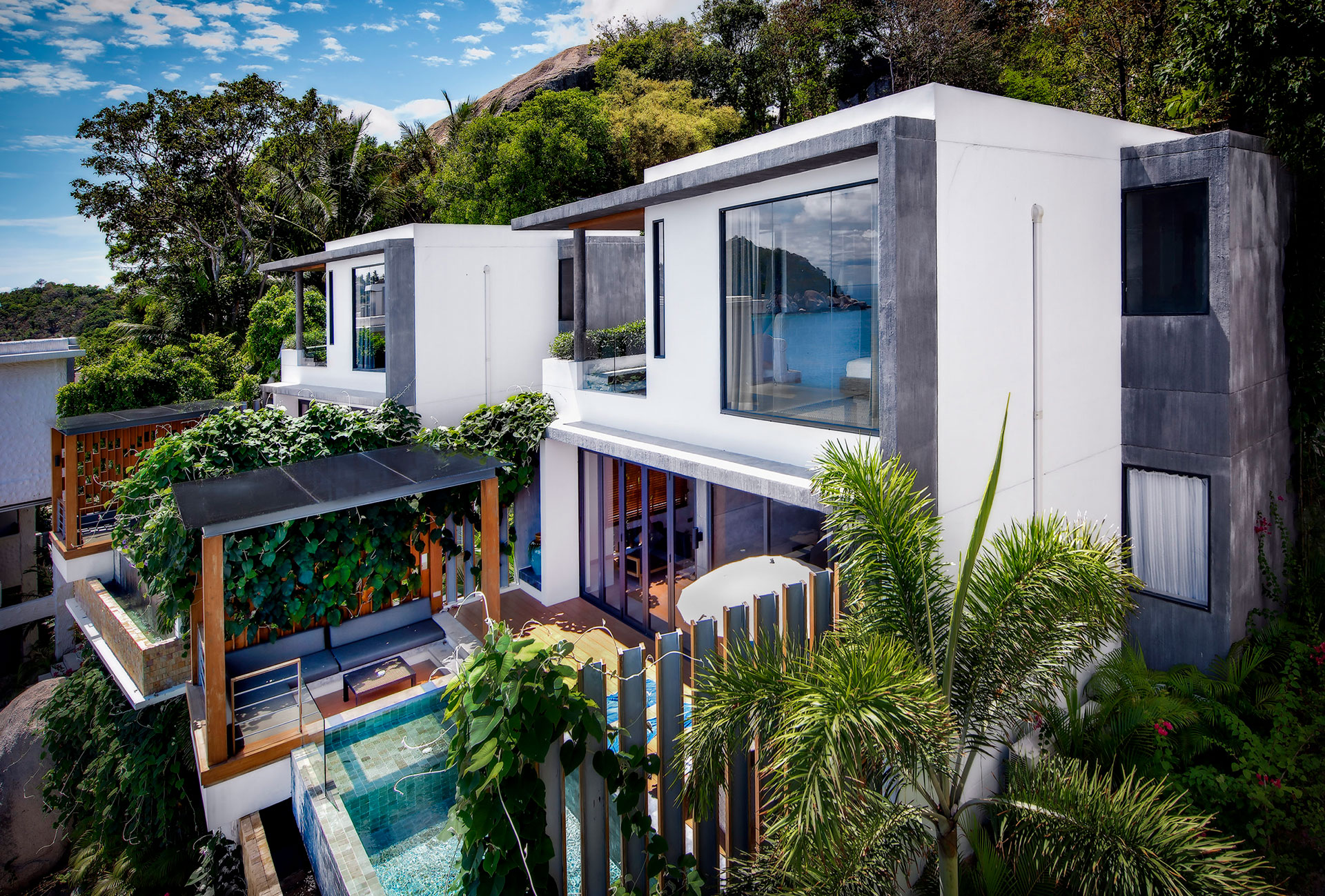
Jamahkiri Resort and Spa
Koh Tao, ThailandWhile the aesthetics of our age trend ever further toward light wood and brushed steel, Jamahkiri Resort and Spa remains an unapologetically lush tropical getaway. Set on the island of Koh Tao in the Gulf of Thailand, Jamahkiri offers views of the water from all of its rooms, pavilions, and suites. If an overhead view of the water isn’t close enough, the two- or three-bedroom villas place guests right on the beach. It’s designed less as a luxury knockout and more as a serene destination for nature lovers.
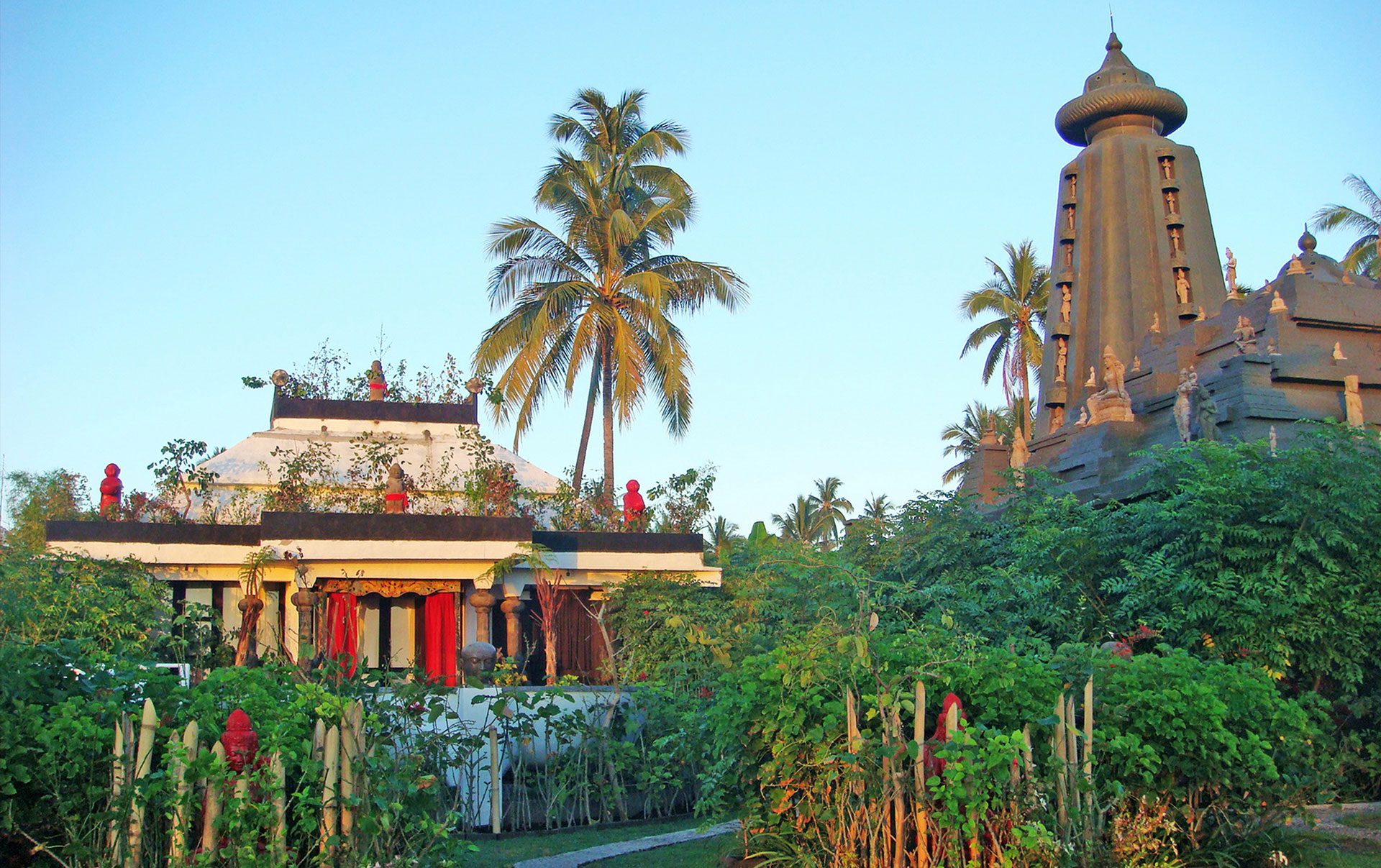
Hotel Tugu Lombok
Lombok, IndonesiaTake one look at Hotel Tugu Lombok, and the giant rooster sculpture, visible from miles away, proudly perched atop a towering, dramatically lit open-air restaurant, and you know that this resort has no interest in seamlessly blending into the landscape. The Tugu Lombok is over-the-top, to be sure, but the aesthetic is firmly rooted in the region’s rich pre-colonial history, most particularly the ancient Majapahit era, when a prosperous Hindu kingdom ruled the island.
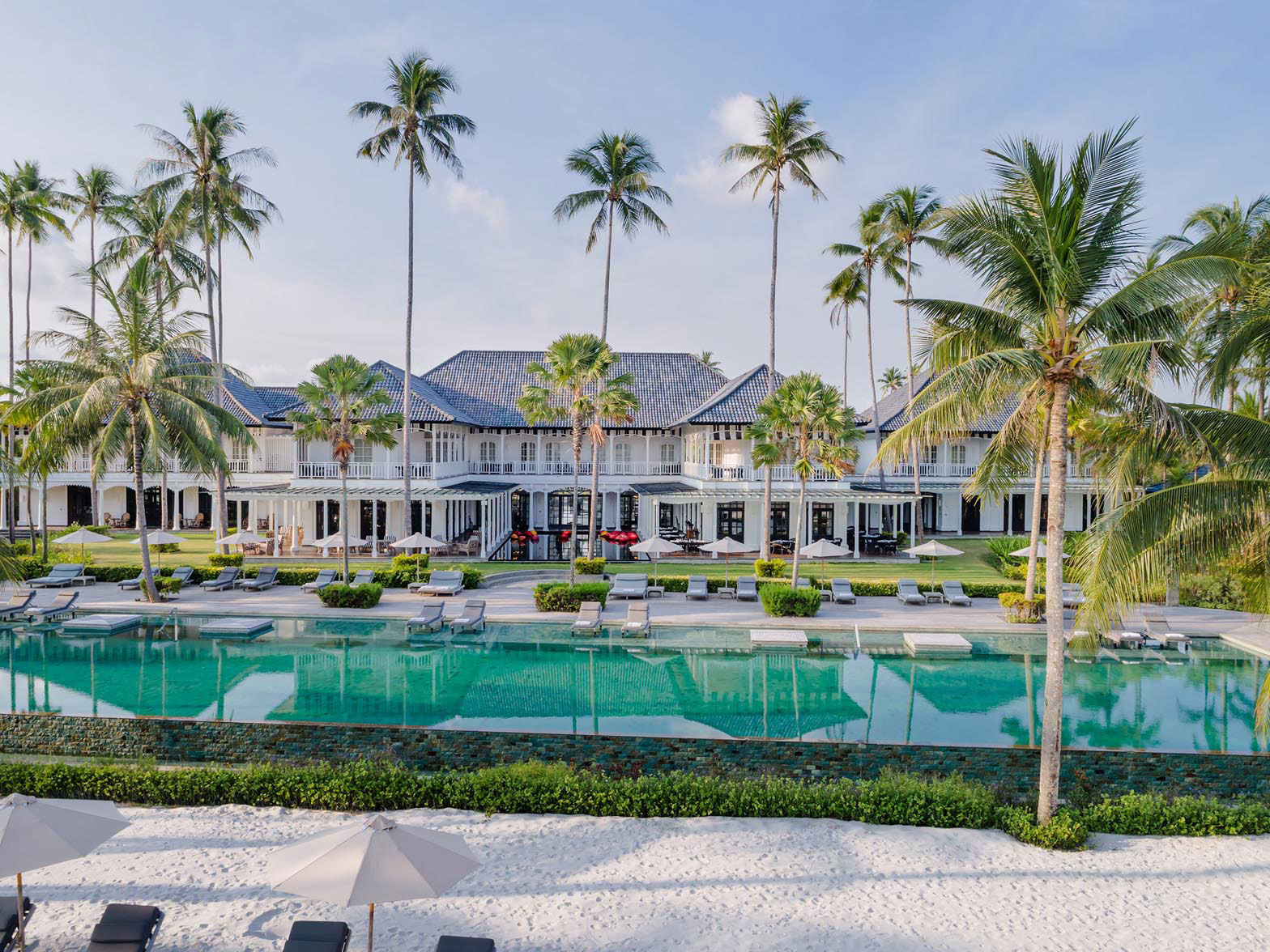
The Sanchaya
Bintan, IndonesiaWe won’t pretend otherwise: the Sanchaya is far away from everything. But the remoteness is part of its appeal. The hotel itself is grand and gleaming, impossibly photogenic at dawn and dusk, the colonial architecture and towering palm trees reflected in the still water of an Olympic-sized infinity pool. There’s rainforest and a manmade lagoon on one side, and clear blue sea on the other; inside, the hotel is like a museum of Southeast Asian art and artifacts.
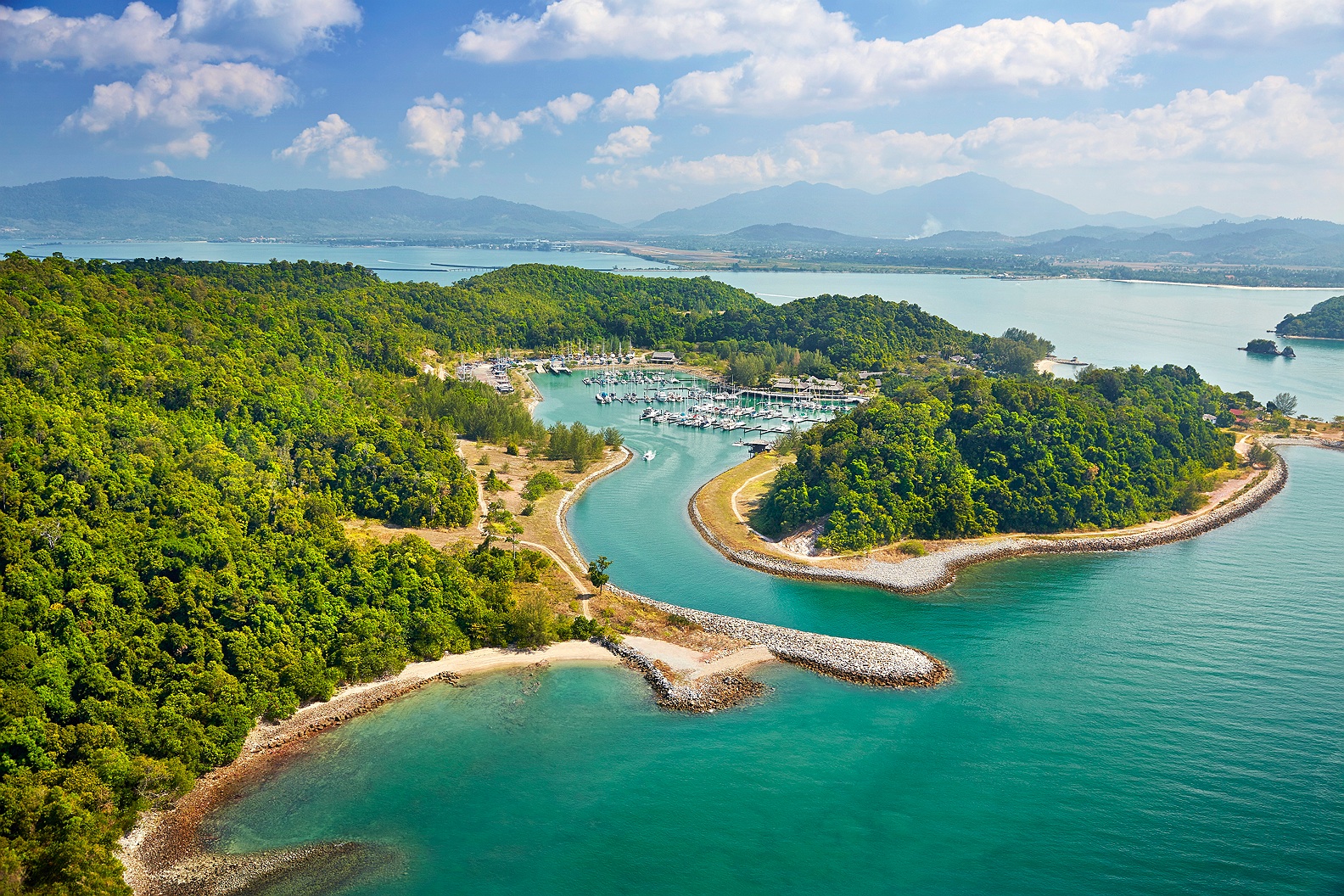
Vivanta Rebak Island, Langkawi
Langkawi, MalaysiaThe official name of the Langkawi archipelago is just too good to pass up: welcome to Langkawi the Jewel of Kedah. To be specific, welcome to one of the jewel’s 99 facets, Rebak Island — tropical, beach-ringed, and gently bathed by the turquoise waters of the Andaman Sea, it’s as close as any of us are likely to come to the desert-island fantasy. Small wonder that Vivanta Rebak Island, Langkawi , Langkawi chose these secluded 390 acres for their Malay foray.

Nihi Sumba
Sumba, IndonesiaNihi Sumba has been called the best hotel in the world — and while we would hesitate to go quite that far, it’s fair to say there’s a strong case to be made. It’s set on hundreds of acres of waterfront land, between a glorious private beach and the edge of a truly untamed jungle. And while in its present incarnation it’s fantastically luxurious — its villas are the very picture of contemporary luxury elegance — it grew slowly from what was once a secluded surf shack, and there’s still something unpretentious about the atmosphere as a result.
CONTINUE READING: Hong Kong Luxury Hotel Bars That Are Championing Food And Cocktail Pairing

















